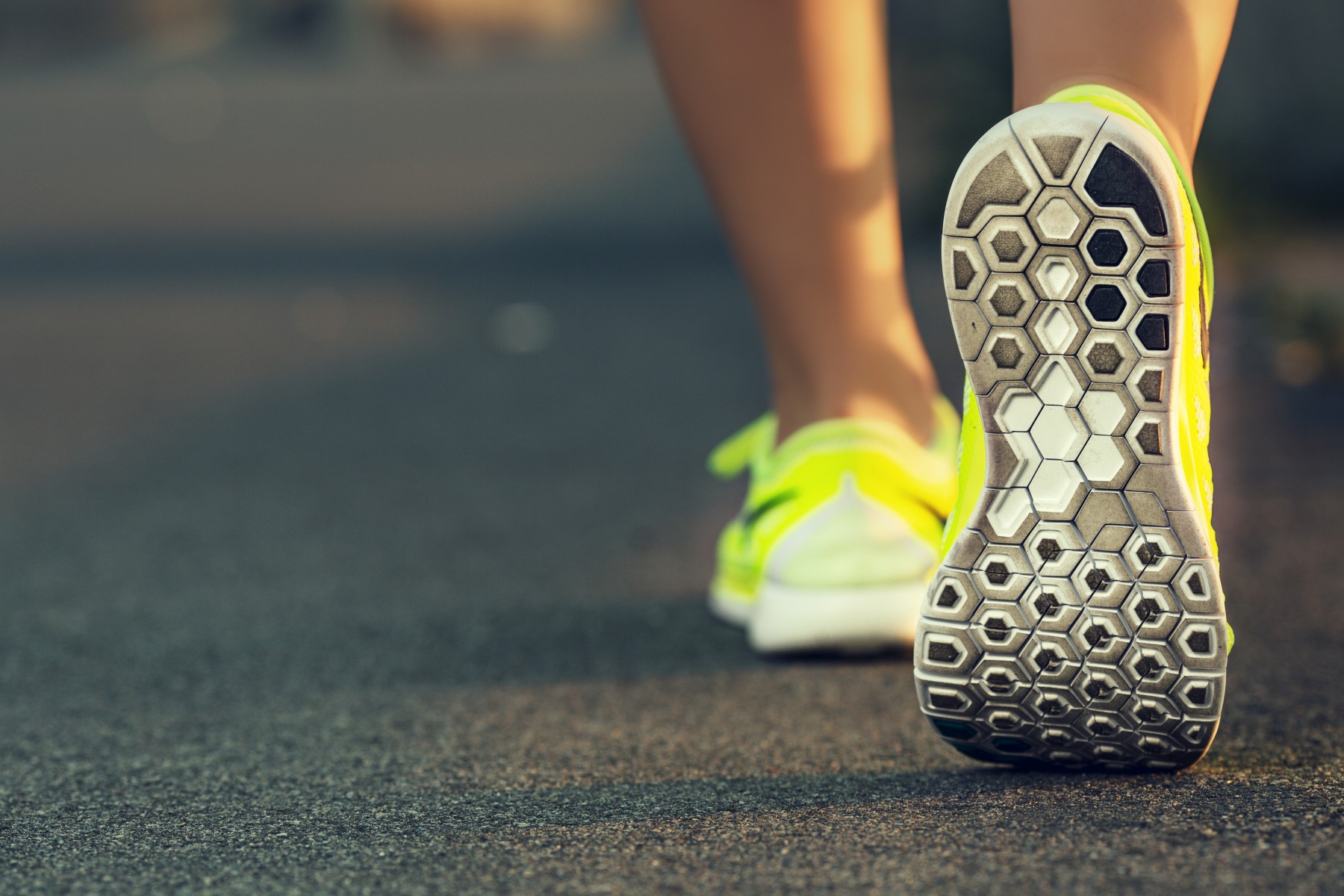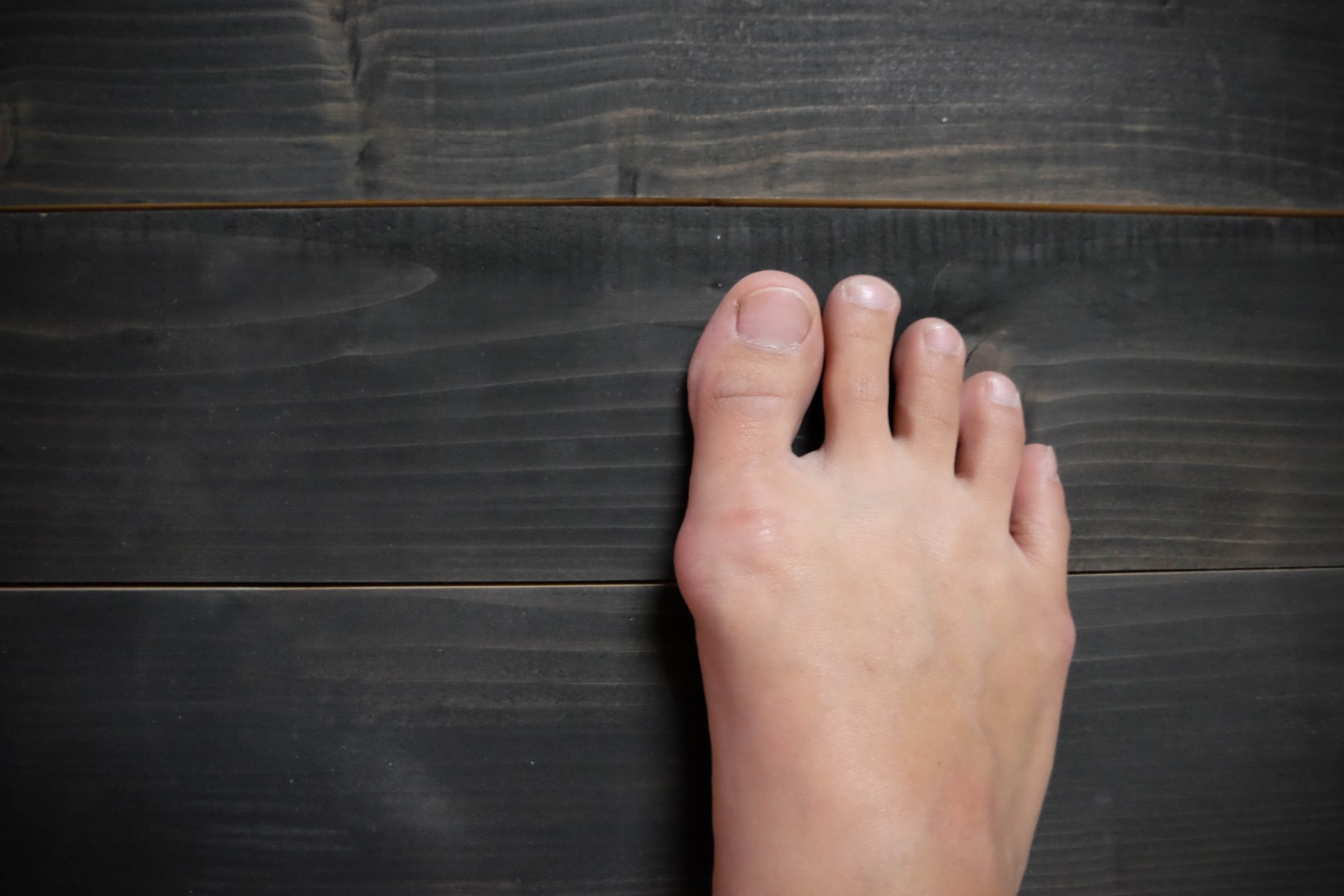This little piggy went the wrong way
Bunions and hammer toe are common issues associated with ill-fitting footwear

Humans are on their feet most of their life. So why wouldn’t you want a proper pair of shoes?
Specifically, look for footwear that’s wide enough to prevent two common toe issues: bunions and hammer toe.
Marc Leonard, MD, an OSF HealthCare podiatrist, sees these ailments frequently but stresses they are treatable without surgery when caught early.
Bunion
A bunion is when bones move out of place to form a bump on the toe joint, drawing the toe inward. Bunions are mostly seen on big toe, but they can happen on the pinky toe, too. This is called a bunionette or tailor’s bunion. Dr. Leonard says bunions are often caused by joint hypermobility, and they can also be genetic.
If pain from a bunion is not impacting your daily life, getting wider shoes or using a splint may do the trick. When the discomfort becomes intolerable, a doctor will discuss surgery.

“We make a cut in that bone, bring it over back into alignment and put some screws in,” Dr. Leonard explains. “Then we protect the area during post-operative course.”
The surgery is outpatient, and you typically can walk out of the doctor’s office. But beyond daily household activities, you should be off your feet for a month.
“We find the more people rest and elevate the foot, the better they feel. There’s less swelling and less potential for complications,” Dr. Leonard says.
Six to eight weeks after surgery, the person can resume exercise.
Hammer toe
Hammer toe is when a toe (usually one other than the big toe) contracts up, resembling a hammer.
“They make very prominent knuckles that can rub in the shoe and get red, irritated and sore,” Dr. Leonard describes.
Like bunions, splints and wider shoes are a short-term treatment, and outpatient surgery is possible for more severe cases.

“We remove some of the bone which allows the toe to reduce the contracture. Then, typically, we stabilize it in that new position with a wire for four weeks,” Dr. Leonard says. “Then that wire comes out. The toe should be more stable, straighter and hopefully not rub and cause the same pain it did prior to surgery.”
Recovery time is like bunion surgery but may be a little quicker.
Finding footwear
The common link between bunions and hammer toe? A big step toward prevention is picking the right footwear.
“Cheapest is not best,” is an understatement, Dr. Leonard says.
“Things I recommend avoiding: flip flops, lighter weight canvas shoes or shoes that just don’t give you a lot of support,” Dr. Leonard adds. “Instead, I recommend a good, sturdy walking shoe. If you have to do a sandal or flip flop, get something that’s well-made with good arch support.”
Avoid wearing high heels all the time, Dr. Leonard also advises. You can also try an orthotic device, or a shoe insert to give you more support. Over the counter orthotics are just fine, Dr. Leonard says, but a podiatrist might recommend taking a mold of your foot to make a custom insert.
Learn more
Learn more about foot care on the OSF HealthCare website.
Interview clips
Previous coverage
Stand up for your feet
Find the right foot for summer foot health

